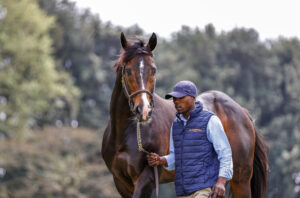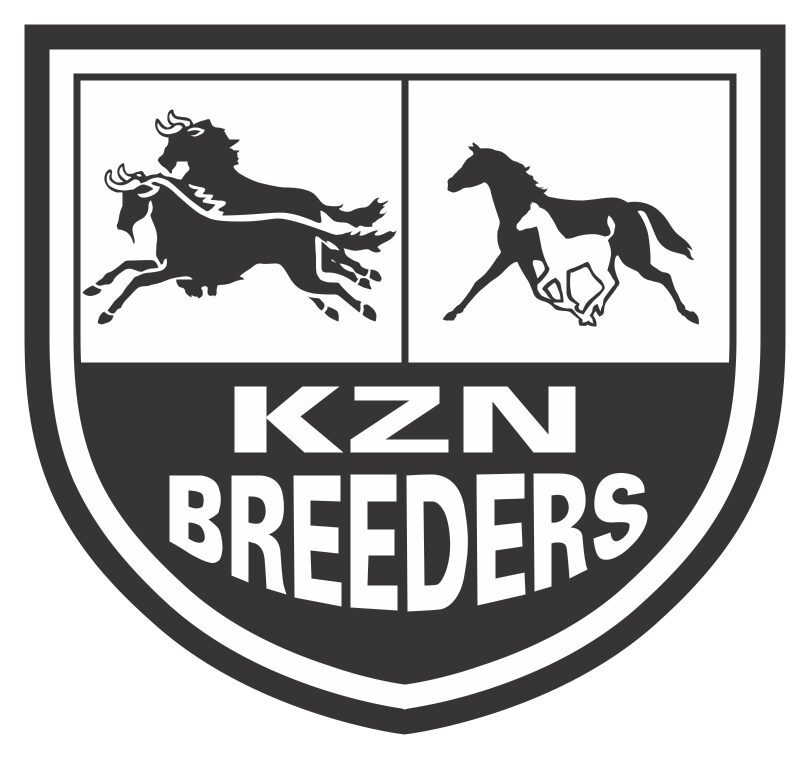
Choosing a stallion to breed to your mare can be both exciting and daunting simultaneously, and it is a great reward to see the combination of the pedigree you have selected born and standing in the paddock.
Breeding is very much a long term investment – and from the time you send your mare until the foal you breed is of racing age, you are looking at approximately four years of investment, and if you are breeding to sell, approximately 2-3 years from when your mare conceives. How you select your stallion is just as important as the quality of the mare you wish to breed with.
Your mare will require a certificate from a vet confirming she is free of any disease that can be passed onto the stallion, prior to coverings taking place. The breeding season begins on 1 September and ends on 31 December, so ensure you are ready and have your mare booked to a stallion well in advance. It might be a thought to select a “back-up” stallion, as sometimes the horses take a dislike to each other, and no matter how much we would like the covering to happen, it is not going to!
Take into your consideration your own mare’s temperament – stallion owners reserve the right to cancel a breeding contract if they feel your mare is not being co-operative and is a danger to their valuable stallion.
Things to consider would be the following:
Your budget
Mogok There are many stallions available with varying service fees, both proven and unproven, but obviously the better the stallion, the more his service fee would be, and these can range from R5000 to R250 000.
Establish from the farm standing the stallion if there is a nomination fee payable, ie if a stallions fee is R25 000 – R5000 might be paid upfront and R20 000 when the foal is born.
Is there a Live Foal Guarantee? In this case, you only pay on the day the mare produces a live foal.
Establish from the farm the quality of the mares booked to the stallion if he is not yet established, and if they will accept your mare. Sometimes stallion managers/owners only accept mares with black type in their pedigrees if they wish to maintain a high standard.

Travel Costs
Bear in mind when breeding a Thoroughbred it has to be a live covering. Your mare will need to travel to the farm where the stallion is standing. If the stallion you like is out of the area or province, you will need to consider the costs of boarding her at another farm until such time she is in foal, and the time frame from when she conceives until the time it is safe to travel back, which could be a few months. It is recommended you consider insurance costs too.
Suitability
The farm standing the stallion can generally give you a recommendation after you have provided them with information about your mare such as her pedigree, is she a maiden or if she has prior progeny, her race record, who she is currently in foal to, and her conformation. Research on your behalf is important in this regard. If you are breeding a foal specifically to sell, bear in mind the future saleability of the foal based on its pedigree. The mare and stallion are each awarded points out of 5, and if they have enough points between them, and your yearling passes the selection process, will your yearling be considered for National Yearling Sales.
You need to make the following important considerations:
- Most importantly – Is the stallion fertile? Has he been tested?
- Will his pedigree suit your mare?
- Is his conformation suitable, does he have any obvious faults?
- Will he upgrade your mare if she has faults?
- Does the stallion have presence and quality?
- Was he a success on the track, or is he unraced? (Bearing in mind there have been many successful stallions that have unraced records)
- Does he have a good temperament? This will influence your foal’s behaviour and temperament.
- Does he “stamp” his foals? Look at their size and conformation too.
If he is a new stallion and has a first crop on the ground, ask to view his progeny if possible.
It is important to take into consideration, if your mare is a maiden, her first foal might be small, in which case the size of the stallion might not have an influence on size of the foal.
Stallion pictures credit: Candiese Lenferna.

